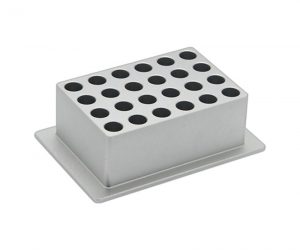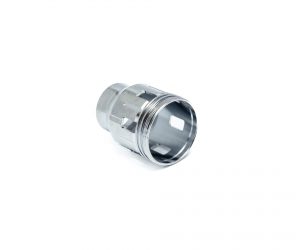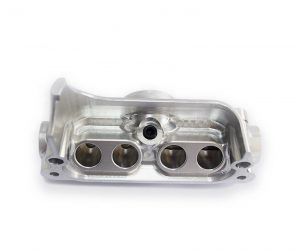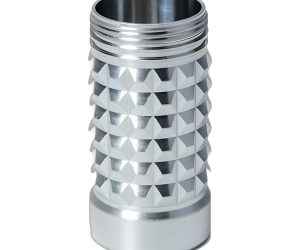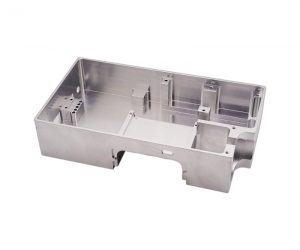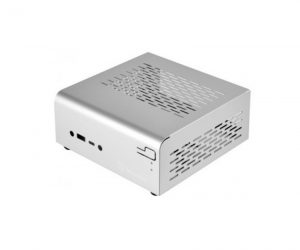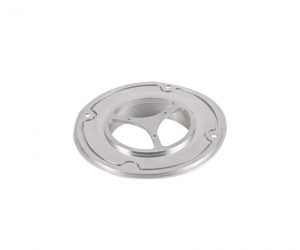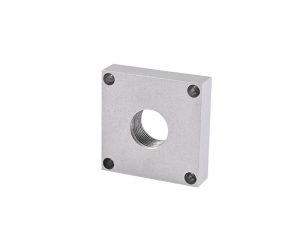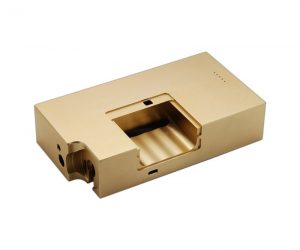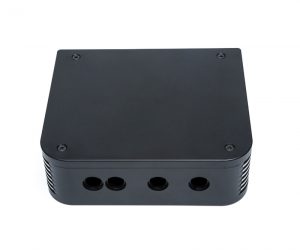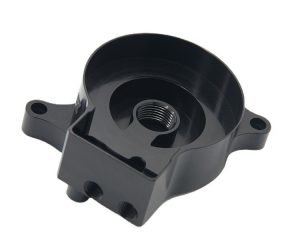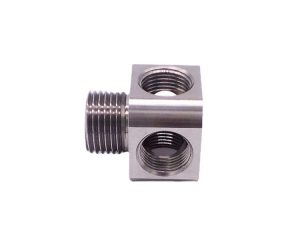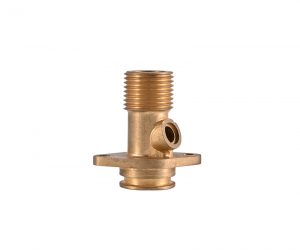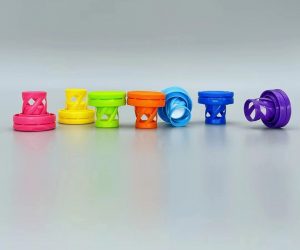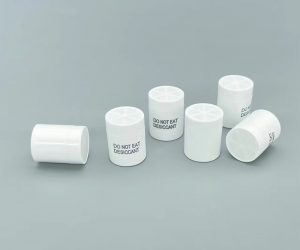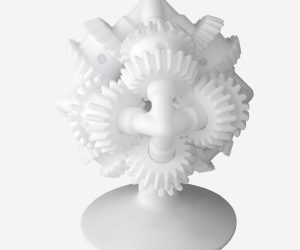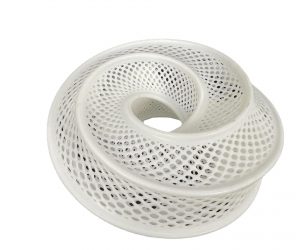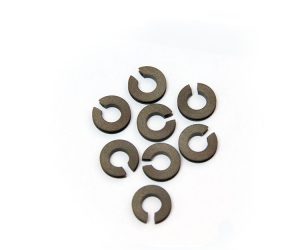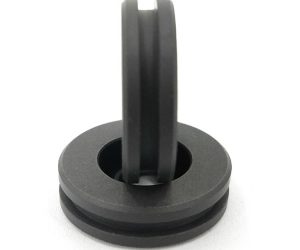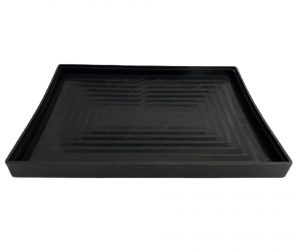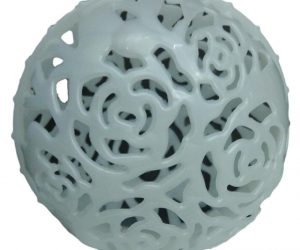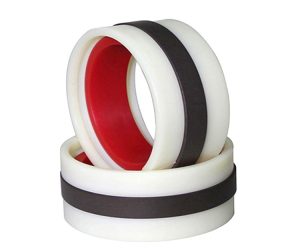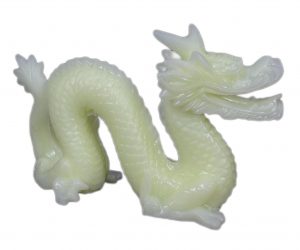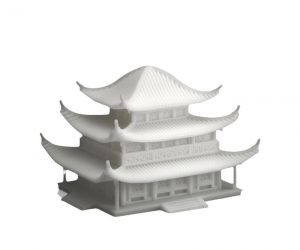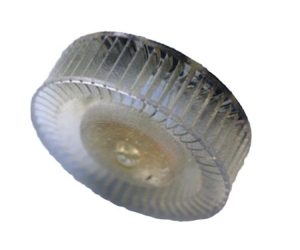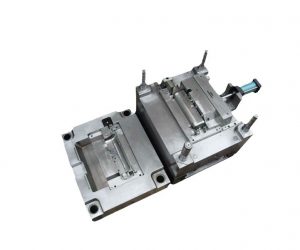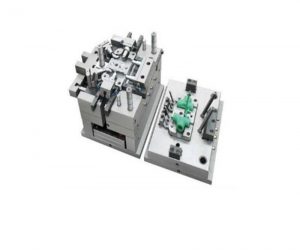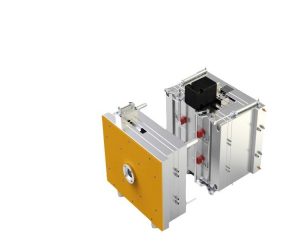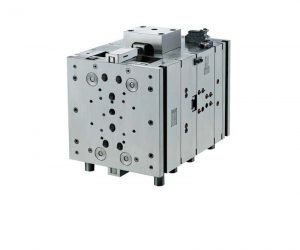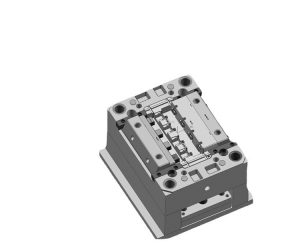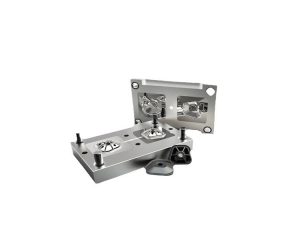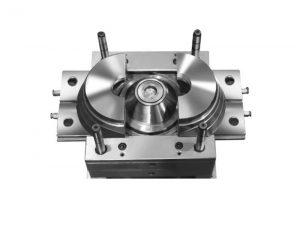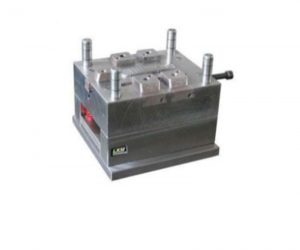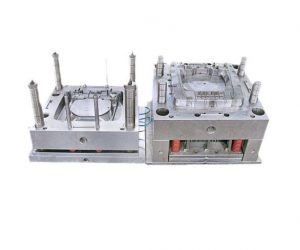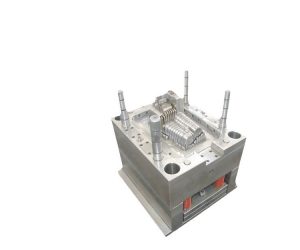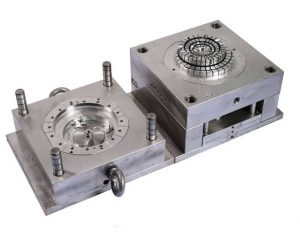Discover how ABS 3D printing is transforming product development, design, and manufacturing, enabling faster, cost-effective, and versatile prototyping.
I. Introduction to ABS 3D Printing
A. Overview of Additive Manufacturing with ABS
In the dynamic world of product development, a revolutionary technology has emerged that is transforming the way we conceive, design, and prototype new innovations. This technology is known as ABS 3D printing, a subset of the broader field of additive manufacturing that is rapidly gaining prominence across a wide range of industries. ABS, or Acrylonitrile Butadiene Styrene, is a versatile thermoplastic material that has become a go-to choice for 3D printing, enabling the creation of high-quality, durable prototypes and end-use parts with unprecedented speed and efficiency.
B. The Advantages of Using ABS in 3D Printing
The rise of ABS 3D printing can be attributed to the inherent advantages of this material, which make it an ideal choice for rapid prototyping and manufacturing applications. ABS is known for its robust mechanical properties, including impact resistance, flexibility, and heat resistance, allowing for the fabrication of parts that can withstand the rigors of testing and development. Furthermore, ABS's ability to be easily colored, textured, and post-processed enhances its versatility, enabling designers and engineers to create highly realistic, functional prototypes that closely resemble the final product.
II. Technologies for ABS 3D Printing
A. Fused Deposition Modeling (FDM)
At the forefront of ABS 3D printing is the Fused Deposition Modeling (FDM) technology, which has emerged as the most widely adopted and accessible method for producing ABS parts. FDM utilizes a heated extrusion nozzle to selectively deposit layers of molten ABS material, building up the desired three-dimensional object in a precise, layer-by-layer fashion. This technique allows for the creation of complex geometries, the incorporation of support structures, and the ability to produce parts with varying infill densities, making it a versatile and cost-effective solution for rapid prototyping and small-scale production.
B. Stereolithography (SLA)
While FDM is the most prominent technology for ABS 3D printing, other additive manufacturing processes have also been adapted to work with this versatile material. One such example is Stereolithography (SLA), a process that employs a high-energy UV laser to selectively cure and solidify a photosensitive resin, including ABS-based resins. SLA-printed ABS parts often exhibit exceptional surface finish and dimensional accuracy, making them well-suited for applications that require high-precision and detailed prototypes.
C. Other Emerging Techniques for ABS
As the field of additive manufacturing continues to evolve, innovative techniques for ABS 3D printing are continuously emerging. These include Digital Light Processing (DLP), which utilizes a digital projector to cure resin layers, as well as Continuous Liquid Interface Production (CLIP), a process that leverages oxygen-permeable membranes to enable rapid, continuous printing of ABS parts. Additionally, advancements in material science have led to the development of specialized ABS filaments and resins, further expanding the possibilities for creating high-performance, customized ABS components through 3D printing.
III. Applications of ABS 3D Printing
A. Product Design and Development
ABS 3D printing has become a vital tool in the product design and development process, enabling designers, engineers, and innovators to rapidly create functional prototypes, test design concepts, and validate product performance. The ability to quickly and cost-effectively produce ABS parts with robust mechanical properties allows for the iterative refinement of designs, the evaluation of form and fit, and the identification of potential issues before committing to costly and time-consuming traditional manufacturing methods.
B. Medical and Dental Prosthetics
The versatility of ABS 3D printing extends beyond product design, with the technology playing a crucial role in the medical and dental fields. ABS's biocompatibility, durability, and ability to be precisely customized have made it an increasingly popular material for the fabrication of prosthetic devices, orthotic supports, and dental appliances. This revolutionizes the way healthcare providers can deliver personalized, high-quality solutions to patients, improving comfort, functionality, and overall patient outcomes.
C. Architecture and Construction
In the realm of architecture and construction, ABS 3D printing is showcasing its potential, enabling the creation of innovative, customized building components and architectural elements. From intricate decorative facades to structural models and prototypes, ABS's ability to be formed into complex shapes and its resistance to weathering make it a valuable material for architects, designers, and construction professionals seeking to push the boundaries of design and construction.
D. Education and Research
The accessibility and affordability of ABS 3D printing have also made it a valuable tool in the education and research sectors. Classrooms, makerspaces, and research laboratories are embracing this technology, using ABS to fabricate educational aids, scientific models, and proof-of-concept prototypes. By empowering students, researchers, and innovators to bring their ideas to life, ABS 3D printing fosters hands-on learning, experimentation, and the development of practical skills that are essential for the next generation of problem-solvers and industry leaders.
IV. Advantages of Using ABS in 3D Printing
A. High Quality and Durability
One of the primary advantages of using ABS in 3D printing is the material's exceptional quality and durability. ABS parts produced through additive manufacturing processes exhibit high dimensional accuracy, consistent mechanical properties, and a smooth surface finish, allowing for the creation of realistic, functional prototypes that closely resemble the final product. Furthermore, the inherent strength and impact resistance of ABS make it well-suited for applications that require robust, long-lasting components, making it a preferred choice for a wide range of industries.
B. Cost Efficiency and Time-Savings
In addition to the superior quality of ABS 3D printed parts, the technology also offers significant cost and time-saving benefits. Compared to traditional manufacturing methods, ABS 3D printing eliminates the need for costly tooling, reduces material waste, and enables on-demand production, allowing for a more agile and responsive product development process. This streamlined approach not only helps to lower the overall costs associated with prototyping and small-scale production but also drastically reduces the time-to-market for new products, giving businesses a competitive edge in a rapidly evolving marketplace.
C. Versatility in Design and Material Choices
The versatility of ABS 3D printing extends beyond its mechanical properties and cost-effectiveness. The technology's design freedom allows designers and engineers to create intricate, customized parts with complex geometries and features that would be challenging or impossible to achieve through conventional manufacturing methods. Furthermore, the availability of various ABS filaments and resins, each with unique characteristics, enables the selection of the most appropriate material for specific applications, ensuring that the final 3D printed parts meet the precise functional and aesthetic requirements of the project.
V. Challenges and Considerations in ABS 3D Printing
A. Material Quality and Compatibility
While ABS 3D printing offers numerous advantages, it is not without its challenges and considerations. Ensuring the consistent quality and performance of ABS parts begins with the careful selection and handling of the raw material. Factors such as the purity, moisture content, and thermal stability of the ABS filament or resin can significantly impact the success of the 3D printing process and the final part properties. Proper material storage, conditioning, and quality control measures are essential to overcome these challenges and deliver reliable, high-quality ABS components.
B. Printer Maintenance and Troubleshooting
In addition to material considerations, the ongoing maintenance and troubleshooting of the 3D printing equipment used for ABS parts are also crucial. ABS, being a relatively stiff and high-temperature thermoplastic, can place unique demands on the printer's components, such as the extruder, heated build plate, and internal cooling systems. Proper cleaning, calibration, and monitoring of the printer are necessary to ensure consistent performance, minimize print failures, and extend the lifespan of the equipment.
C. Regulatory Compliance and Safety Issues
As the adoption of ABS 3D printing continues to grow, particularly in regulated industries like healthcare and aerospace, addressing regulatory compliance and safety concerns becomes increasingly important. Factors such as material biocompatibility, fire retardancy, and emissions control must be carefully considered and addressed to ensure the safety and compliance of ABS 3D printed parts. Adhering to industry standards, obtaining appropriate certifications, and implementing robust safety protocols are essential for the successful and responsible implementation of ABS 3D printing technologies.
VI. Innovative Uses and Case Studies
A. Pioneering Projects and Creative Endeavors
The world of ABS 3D printing is filled with pioneering projects and creative endeavors that push the boundaries of what's possible. From the fabrication of highly customized medical devices and prosthetics to the creation of innovative architectural elements and captivating art installations, visionaries and industry leaders are harnessing the unique properties of ABS to redefine the ways in which we design, prototype, and manufacture products. These groundbreaking case studies showcase the transformative potential of ABS 3D printing, inspiring others to explore the limitless possibilities of this technology and its ability to enable new levels of innovation, personalization, and problem-solving.
B. Success Stories Across Diverse Industries
The adoption of ABS 3D printing has yielded remarkable success stories across a diverse range of industries. In the product design and development sector, the use of ABS prototypes has enabled faster iteration, more effective testing, and the rapid refinement of concepts, ultimately leading to the launch of better-performing and more innovative products. Similarly, in the medical and dental fields, the integration of customized ABS prosthetics and dental appliances has improved patient comfort, functionality, and quality of life. Beyond these traditional applications, the impact of ABS 3D printing is being felt in the architecture, education, and research domains, where designers, educators, and researchers are leveraging the material's versatility to craft unique solutions and drive technological advancement.
C. Collaborative Approaches and Open Source Movements
The growth of ABS 3D printing has also been fueled by collaborative approaches and open source movements within the additive manufacturing community. Researchers, hobbyists, and industry professionals are freely sharing knowledge, design files, and best practices, empowering a wider audience to engage with and contribute to the development of ABS 3D printing technologies. This collaborative spirit has led to the creation of robust online resources, user communities, and open-source platforms that accelerate innovation, foster creativity, and democratize access to this transformative technology, ultimately driving the widespread adoption and diversification of ABS 3D printing applications.
VII. Future Prospects and Developments
A. Emerging Technologies and Innovations
The future of ABS 3D printing is poised for continued advancements and the emergence of new, innovative technologies. As the industry evolves, the development of enhanced printing techniques, such as multi-material deposition, in-situ monitoring, and hybrid manufacturing processes that combine additive and subtractive methods, are expected to further expand the capabilities and applications of ABS 3D printing. Additionally, the ongoing improvements in ABS material science, including the creation of specialized formulations with enhanced properties, will unlock new frontiers of design, performance, and functionality, enabling the fabrication of even more sophisticated, customized, and high-quality ABS components.
B. Potential Market Growth and Industry Disruption
The global market for ABS 3D printing is anticipated to experience significant growth in the coming years, driven by the increasing adoption of the technology across diverse sectors, the growing demand for rapid prototyping and customized solutions, and the ongoing advancements in printing techniques and material science. As the capabilities of ABS 3D printing continue to evolve, the potential for market expansion and the disruption of traditional manufacturing models is substantial. This shift towards a more agile, on-demand, and personalized production landscape will have far-reaching implications for industries, supply chains, and the way we conceptualize and create the products that shape our world.
C. Ethical and Environmental Considerations
As the ABS 3D printing industry continues to grow, it is crucial to address the ethical and environmental implications of this transformative technology. Issues such as the responsible use and disposal of ABS materials, the management of 3D printing waste, and the potential impact on job markets and social dynamics must be carefully considered. Ongoing collaborations between industry stakeholders, policymakers, and sustainability experts will be essential in ensuring that the future of ABS 3D printing aligns with broader goals of environmental responsibility, social equity, and the creation of a more sustainable and inclusive manufacturing ecosystem.
VIII. Conclusion: ABS 3D Printing, Shaping the Future of Rapid Prototyping
The rise of ABS 3D printing has ushered in a new era of rapid prototyping, design, and manufacturing, redefining the way we conceive, develop, and bring new products to market. By harnessing the exceptional qualities of this versatile thermoplastic material, innovators across diverse industries are unlocking unprecedented possibilities for faster, more cost-effective, and highly customized product development. From the fabrication of medical prosthetics and architectural elements to the creation of cutting-edge consumer goods and educational models, ABS 3D printing has emerged as a powerful force for transformation, driving industries forward and inspiring the next generation of groundbreaking solutions.
As the technology continues to evolve, guided by advancements in printing techniques, material science, and collaborative efforts, the future of ABS 3D printing holds immense promise. By enabling the production of high-quality, durable, and personalized prototypes, this transformative technology is poised to redefine the very landscape of product development, ushering in a new era of rapid innovation that celebrates the limitless potential of ABS and the visionaries who harness its power.
FAQs
1. What are the key advantages of using ABS in 3D printing?
The key advantages of using ABS in 3D printing include: 1. High Quality and Durability: ABS 3D printed parts exhibit exceptional dimensional accuracy, consistent mechanical properties, and a smooth surface finish, making them suitable for functional prototyping and end-use applications. 2. Cost Efficiency and Time-Savings: ABS 3D printing eliminates the need for costly tooling, reduces material waste, and enables on-demand production, resulting in a more cost-effective and responsive product development process. 3. Versatility in Design and Material Choices: The design freedom of ABS 3D printing allows for the creation of intricate, customized parts, while the availability of various ABS filaments and resins provides flexibility in material selection for specific applications.
2. What are the primary technologies used for ABS 3D printing?
The primary technologies used for ABS 3D printing include: 1. Fused Deposition Modeling (FDM): A process that utilizes a heated extrusion nozzle to selectively deposit layers of molten ABS material, building up the desired three-dimensional object. 2. Stereolithography (SLA): A process that employs a high-energy UV laser to selectively cure and solidify an ABS-based photosensitive resin, producing parts with exceptional surface finish and dimensional accuracy. 3. Other emerging techniques, such as Digital Light Processing (DLP) and Continuous Liquid Interface Production (CLIP), which are also being adapted to work with ABS materials.
3. How is ABS 3D printing being used in various industries?
ABS 3D printing is being widely adopted across various industries, including: - Product Design and Development: Enabling rapid prototyping, testing, and refinement of new product designs. - Medical and Dental: Fabricating customized prosthetics, orthotic supports, and dental appliances. - Architecture and Construction: Creating innovative, personalized building components and architectural elements. - Education and Research: Producing educational aids, scientific models, and proof-of-concept prototypes.

